These Portuguese custard tarts changed everything when I first tasted them at a tiny bakery in Lisbon during my culinary trip three years ago. The owner, Senhora Maria, watched me take that first bite and smiled when my eyes went wide - that perfect balance of flaky puff pastry and silky vanilla custard with those gorgeous caramelized spots on top. Making these pastéis de nata every weekend since then (Emma keeps track - it's been 47 batches), I've finally figured out how to get that perfect wobble in the center while the edges caramelize beautifully.
Why You'll Love These Portuguese Custard Tarts
These little pastéis de nata have become our Sunday tradition because they're way more interesting than regular desserts. The first time I made them, Emma took one bite and said "Mom, this tastes like fancy ice cream but warm!" That's when I knew I'd got it right. They come out with this incredible contrast - crispy, flaky pastry on the outside and that silky, wobbly custard inside that's not too sweet but just rich enough to feel special.
What really got me hooked on this recipe is how impressive they look but they're pretty forgiving once you get the hang of it. You don't need any crazy equipment or ingredients you can't find at a regular grocery store. Plus, you can make them ahead and they still taste incredible. Emma always gets excited when I pull out the muffin tin because he knows we're making "those fancy Portuguese things" that make the whole house smell like a European bakery.
Jump to:
- Why You'll Love These Portuguese Custard Tarts
- Ingredients for Portuguese Custard Tarts
- How To Make Portuguese Custard Tarts Step By Step
- Equipment For Portuguese Custard Tarts
- Portuguese Custard Tarts Variations
- Smart Swaps for Portuguese Custard Tarts
- Storing Your Portuguese Custard Tarts
- Why This Portuguese Custard Tarts Works
- Top Tip
- My Cousin's Hidden Gem: A Recipe for Success
- FAQ
- Time to Bake Some Portuguese Magic!
- Related
- Pairing
- Portuguese Custard Tarts
Ingredients for Portuguese Custard Tarts
The Pastry:
- Frozen puff pastry
- Butter for greasing
The Custard Filling:
- Whole milk
- Heavy cream
- Egg yolks
- Granulated sugar
- All-purpose flour
- Pure vanilla extract
- Lemon zest
For Finishing:
- Ground cinnamon
- Powdered sugar
See recipe card for quantities.
How To Make Portuguese Custard Tarts Step By Step
Making the Custard:
- Heat milk and cream in saucepan
- Whisk egg yolks with sugar until pale
- Add flour to egg mixture
- Slowly pour hot milk into eggs while whisking
- Cook over low heat until thick
- Strain through fine mesh
- Add vanilla and lemon zest
Preparing the Pastry:
- Roll puff pastry into tight log
- Cut into 12 equal pieces
- Press each piece into muffin cups
- Shape up the sides with fingers
- Make sure pastry reaches rim
Assembly and Baking:
- Turn out onto wire rack
- Fill pastry cups ¾ full with custard
- Bake at 475°F for 12-15 minutes
- Look for dark caramelized spots on top
- Cool in pan for 5 minutes
Equipment For Portuguese Custard Tarts
- 12-cup muffin tin
- Medium saucepan
- Whisk
- Fine-mesh strainer
- Rolling pin
- Measuring cups
Portuguese Custard Tarts Variations
Sweet Variations:
- Chocolate custard version
- Caramel swirl filling
- Coconut custard style
- Honey instead of sugar
Fruit Flavors:
- Passion fruit custard
- Orange blossom water
- Strawberry puree mixed in
- Lemon curd version
Coffee Shop Style:
- Espresso custard
- Cappuccino flavor
- Mocha chocolate version
- Chai spice blend
Holiday Specials:
- Cinnamon roll flavor
- Pumpkin spice custard
- Eggnog version
- Rum custard for adults
Mini Versions:
- Use mini muffin tins
- Perfect for parties
- One-bite treats
- Kids love the size
Smart Swaps for Portuguese Custard Tarts
Pastry Options:
- Puff pastry → Phyllo dough (use 3 layers)
- Frozen → Homemade puff pastry
- Store-bought → Pie crust (different texture but works)
Custard Alternatives:
- Heavy cream → Half-and-half
- Whole milk → 2% milk (slightly thinner)
- Egg yolks → Whole eggs (less rich)
- All-purpose flour → Cornstarch
Flavor Switches:
- Vanilla → Almond extract
- Lemon zest → Orange zest
- Plain → Coffee flavoring
- Regular → Coconut milk version
Dietary Swaps:
- Sugar → Coconut sugar
- Regular milk → Oat milk
- Butter → Plant-based butter
Storing Your Portuguese Custard Tarts
Same Day (Best):
- Keep at room temperature uncovered
- They're perfect for about 4-5 hours
- Don't refrigerate if eating soon
- Emma always eats his while they're still warm
Next Day Storage:
- Cover and refrigerate overnight
- Eat cold or reheat briefly
- They're different but still good
- The custard gets a bit firmer
Reheating Tips:
- 350°F oven for 3-4 minutes
- Don't use microwave - makes pastry soggy
- Let cool slightly before eating
- Don't overheat or custard will curdle
Make-Ahead Notes:
- Don't freeze - texture gets weird
- Custard can be made day before
- Pastry shells can be pressed and chilled
- Assemble and bake fresh for best results
Why This Portuguese Custard Tarts Works
Making these pastéis de nata countless times and tweaking every detail, I've figured out exactly what makes them turn out perfect every single time. The high oven temperature is crucial - most people are scared to bake at 475°F, but that's what creates those gorgeous caramelized spots that make Portuguese custard tarts so special. Without that heat, you just get regular custard in pastry.
The other thing that took me forever to learn is the custard consistency. It needs to be thick enough to hold its shape but still wobble when you shake the pan. Too thin and it spills everywhere, too thick and it doesn't get that silky texture. Straining the custard is what makes it perfectly smooth - Emma used to complain about this step until he tasted the difference. Now he's the one reminding me to strain it properly because he knows lumpy custard ruins the whole thing.
Top Tip
- Don't be scared of that 475°F temperature - it's what creates those signature caramelized spots on top. Most home bakers get nervous and lower the heat, but then you just get pale, boring custard tarts. Preheat for at least 20 minutes so your oven is properly hot. The other thing you can't skip is straining that custard through a fine-mesh strainer, even if it looks smooth.
- Fill the pastry cups about ¾ full, not to the brim - the custard puffs up as it bakes and will spill over if you're not careful. Watch them like a hawk because they go from perfect to burnt really fast at that high temperature. Start checking at 12 minutes and look for those beautiful dark spots on top while the centers still jiggle when you shake the pan. Let them cool in the muffin tin for 5 minutes before trying to remove them, or the custard will fall apart since it's still setting.
My Cousin's Hidden Gem: A Recipe for Success
My cousin lives in Porto and runs a small pastry shop that locals swear makes better pastéis de nata than the famous places in Lisbon. When I visited her last year, she taught me her secret that nobody else knows. Instead of making the custard all at once, she makes it in two stages. First, she heats just the milk with half the sugar until it's almost boiling, then lets it cool for exactly 10 minutes. "The milk needs to remember being hot," she'd say with a grin.
Then she whisks the egg yolks with the remaining sugar until they're pale and thick, adds the flour, and slowly pours in the cooled milk. This two-stage method prevents the eggs from scrambling and creates the silkiest custard I've ever tasted. Her other trick? A tiny pinch of sea salt in the custard. "It makes the vanilla sing," she explained, and she was absolutely right.
FAQ
What are Portuguese Custard Tarts called?
Portuguese custard tarts are called "pastéis de nata" in Portuguese, which literally means "cream pastries." The most famous version comes from Pastéis de Belém bakery in Lisbon, where they're called "pastéis de Belém" and made with a secret recipe since 1837.
What is the difference between Portuguese Custard Tarts and custard tarts?
Portuguese custard tarts have a specific flaky puff pastry crust and are baked at very high heat to create caramelized spots on top. Regular custard tarts typically use sweet pastry, are baked at lower temperatures, and don't have the signature burnt spots that make pastéis de nata special.
What do Portuguese Custard Tarts like?
They taste like a perfect balance of rich, creamy vanilla custard with hints of lemon, wrapped in buttery, flaky pastry. The caramelized top adds a slight bitter note that balances the sweetness. They're not overly sweet and have a silky, wobbling custard texture.
Is pastel de nata Brazilian?
No, pastel de nata is Portuguese, not Brazilian. While Brazil has similar pastries due to Portuguese colonial influence, the original pastéis de nata comes from Portugal. Brazilian pastries are usually called "pastéis" and are quite different from Portuguese custard tarts.
Time to Bake Some Portuguese Magic!
Now you've got everything you need to make Portuguese custard tarts that'll transport you straight to a Lisbon café. From getting that oven blazing hot to my cousin's two-stage custard method, these steps will give you those perfect caramelized spots and silky custard every time. Emma still gets excited every Sunday when he sees me pulling out the muffin tin - he knows we're making "the fancy Portuguese ones" that make our kitchen smell incredible.
Want more show-stopping desserts that impress? Try our gorgeous Berry Pavlova Recipe that's perfect for summer gatherings and tastes as amazing as it looks. For chocolate lovers, our Easy Homemade Lava Cake Recipe delivers that molten center magic without the restaurant price tag. Or make our Healthy Coffee Panna Cotta Recipe that's surprisingly light but still feels totally indulgent!
Share your pastéis de nata wins! We love seeing your caramelized spots and hearing about your family's reactions!
Rate this recipe and join our baking family!
Related
Looking for other recipes like this? Try these:
Pairing
These are my favorite dishes to serve with Portuguese Custard Tarts
Portuguese Custard Tarts
Equipment
- 1 12-cup muffin tin (For shaping the tarts)
- 1 Medium saucepan (To heat milk and cream)
- 1 Whisk (For whisking egg yolks and sugar)
- 1 Fine mesh strainer (For straining the custard mixture)
- 1 Rolling Pin (For rolling the puff pastry)
- 1 Measuring Cups (For measuring ingredients)
Ingredients
- 1sheet Frozen Puff pastry - For the tart shells
- 2tbsp Butter Butter - For greasing muffin tin
- 1cup Whole Milk
- 1cup Heavy Cream
- 6 Egg yolks
- ¾cup Granulated Sugar
- 2tbsp All-purpose Flour - For thickening the custard
- 1tsp Pure Vanilla extract
- Zest of 1 Lemon - For flavoring the custard
For finishing:
- ½tsp Ground Cinnamon
- 1tsp Powdered Sugar - For dusting before serving

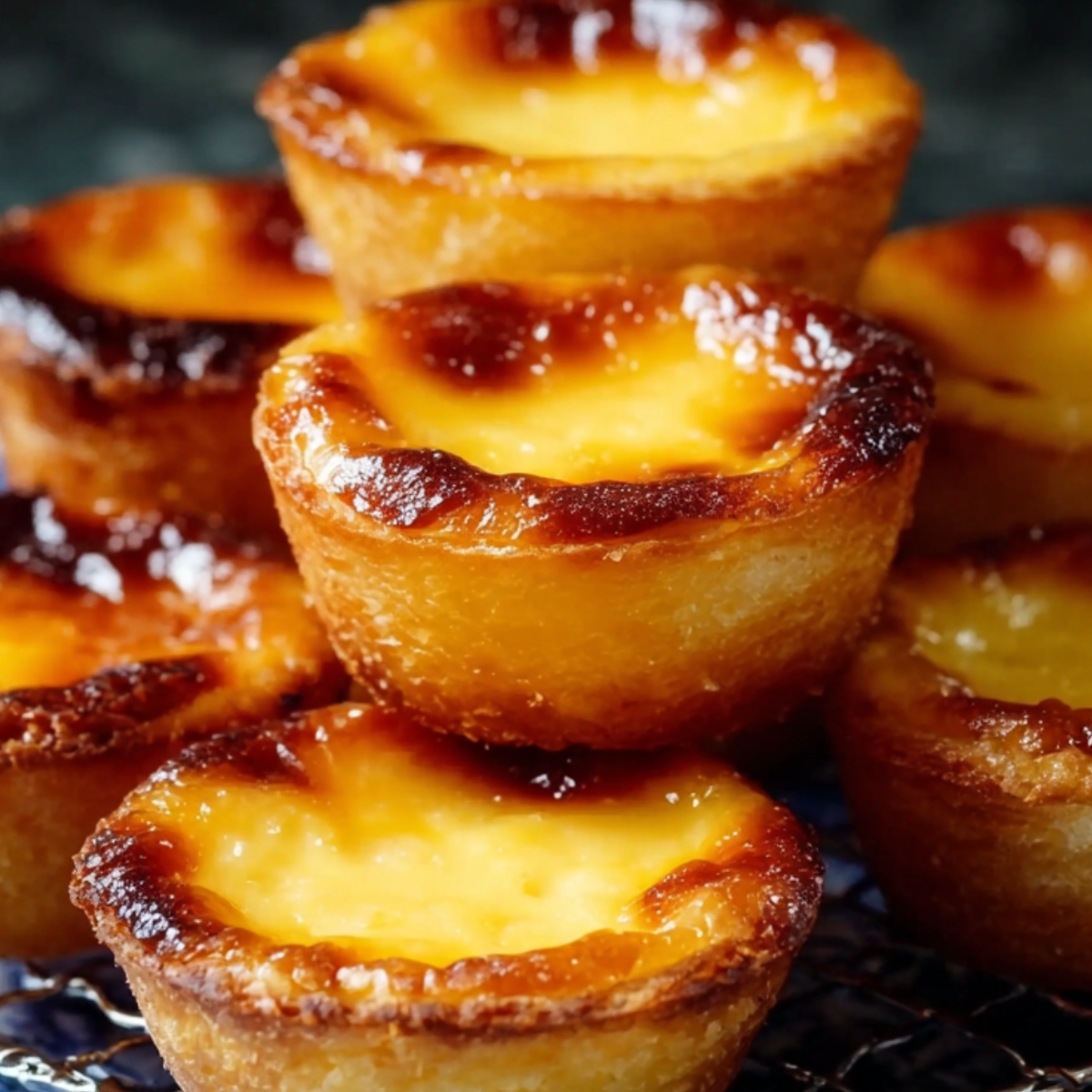
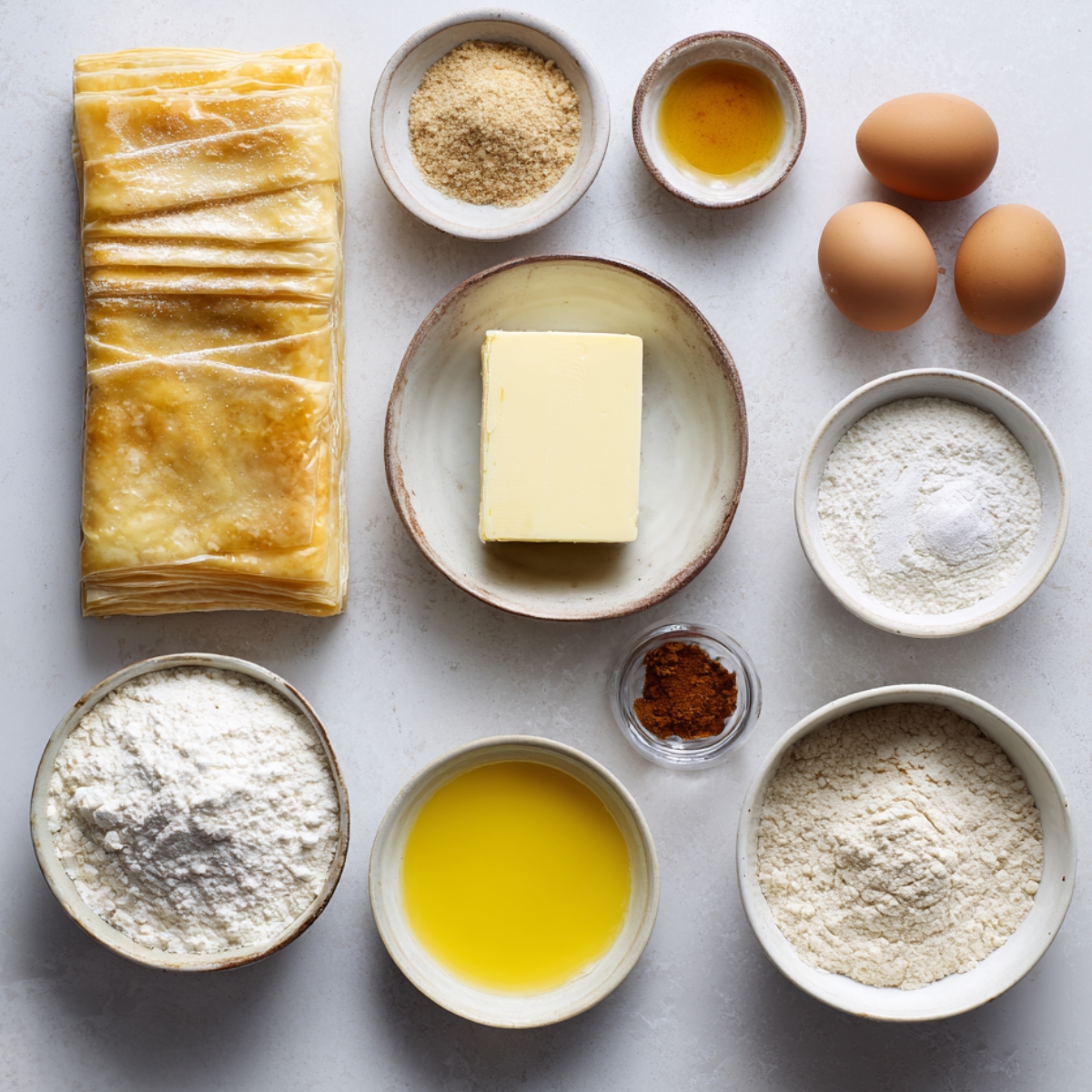
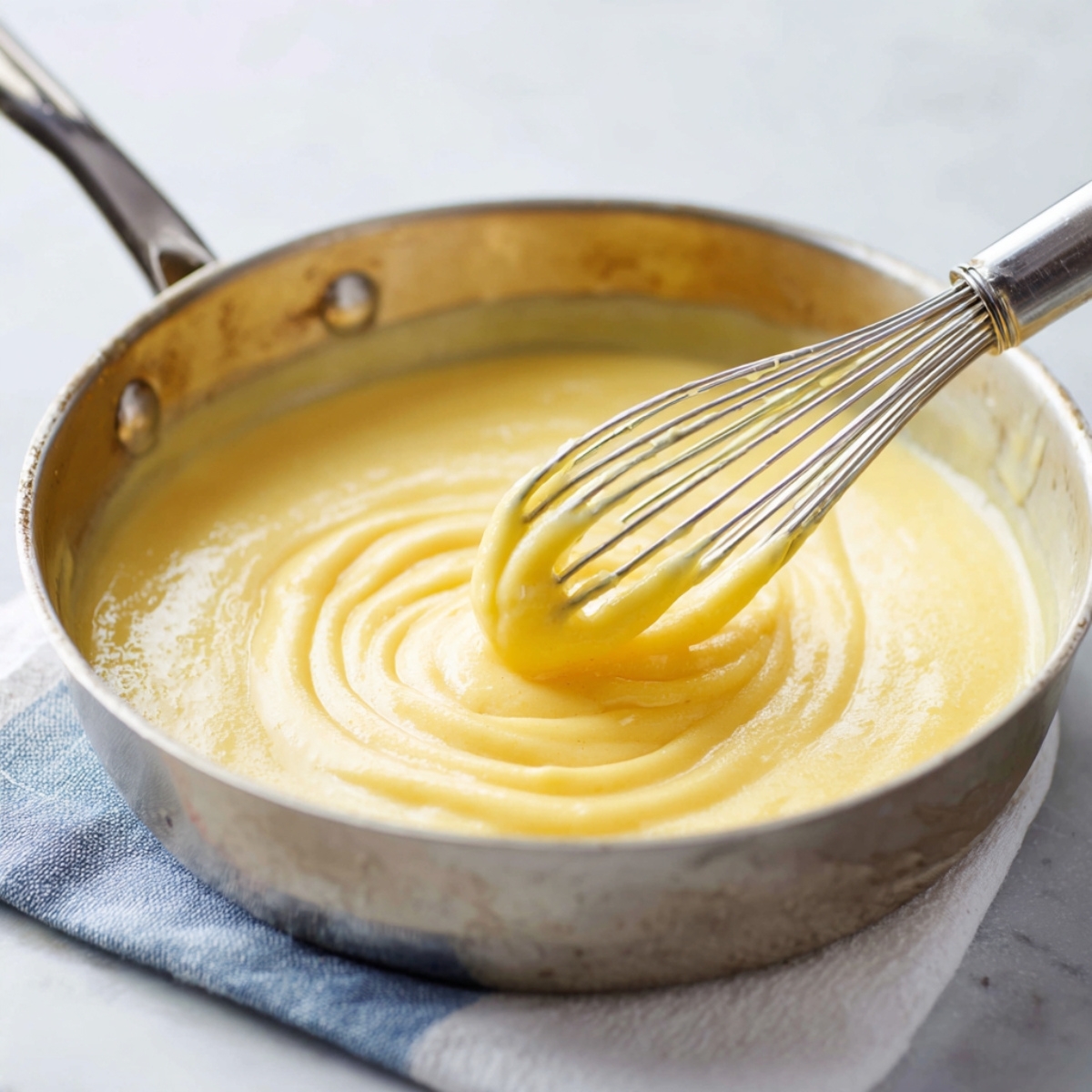
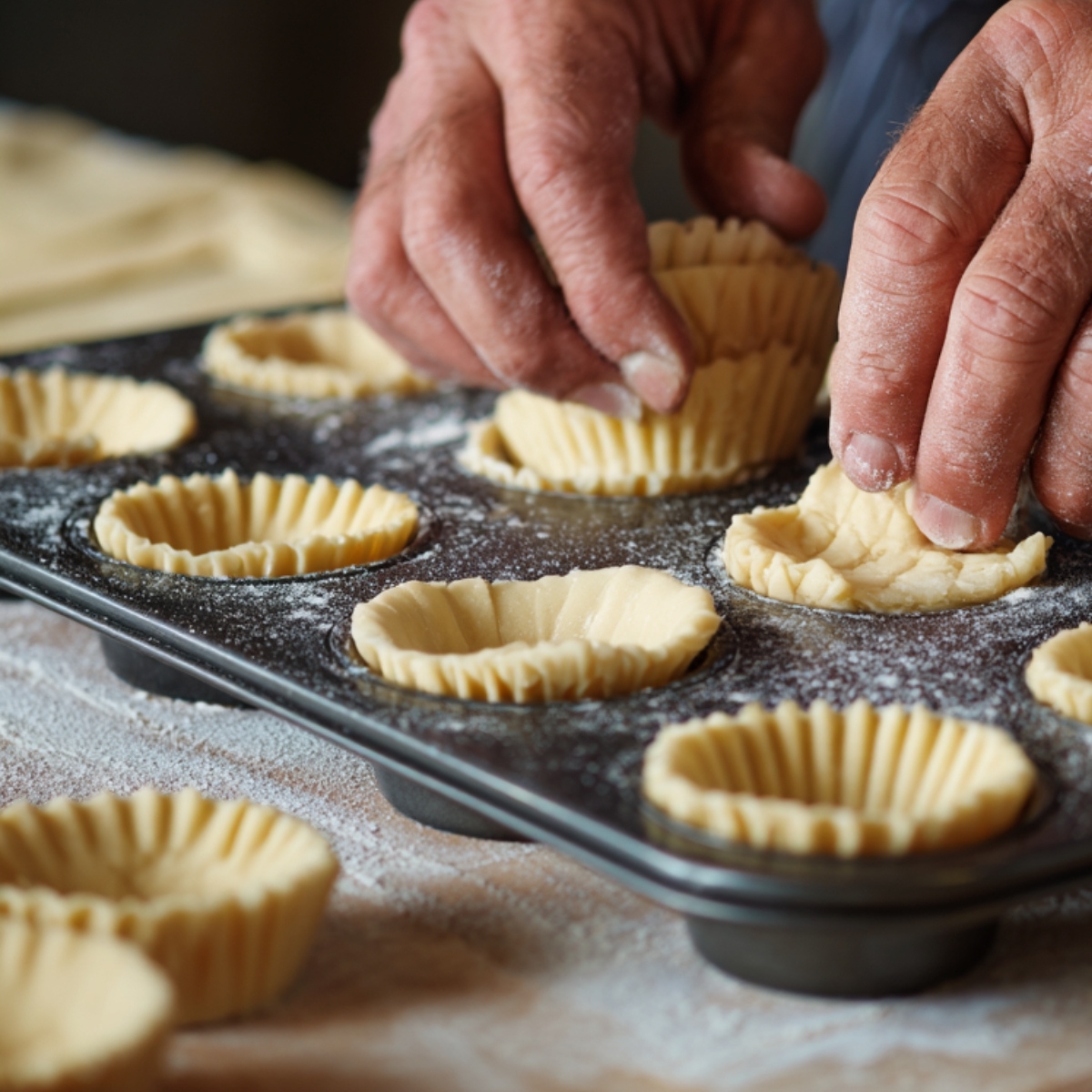
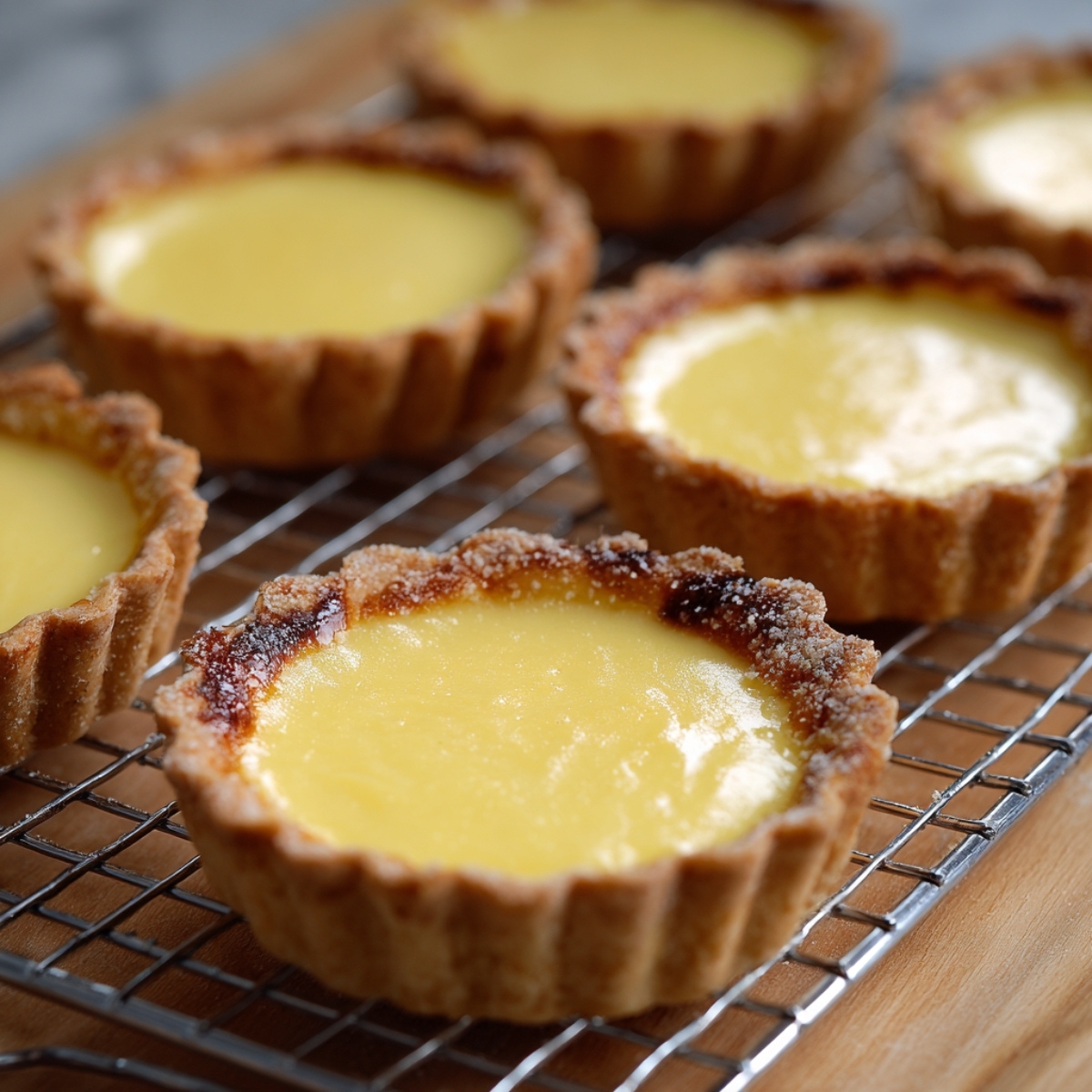
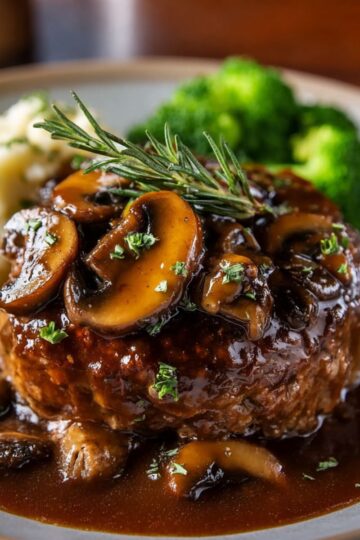

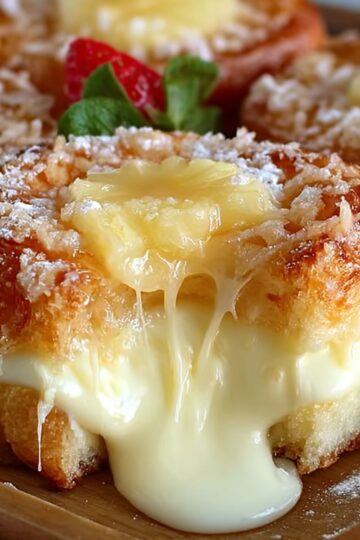

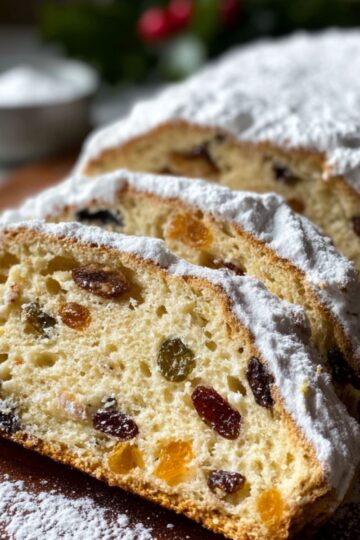
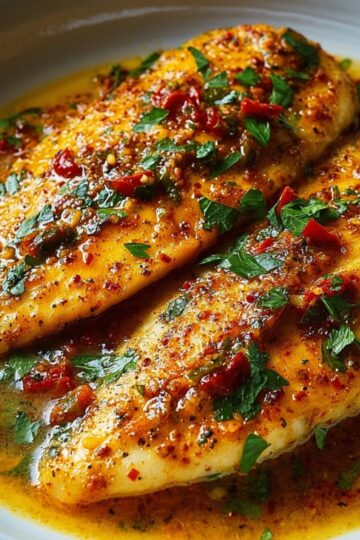
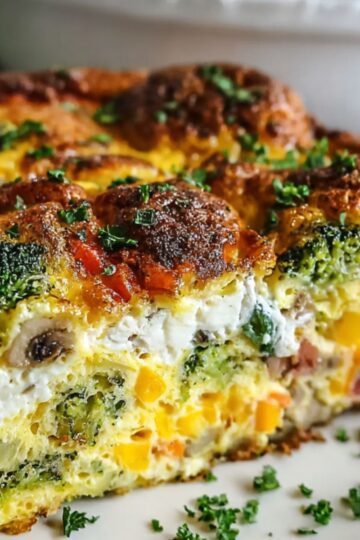
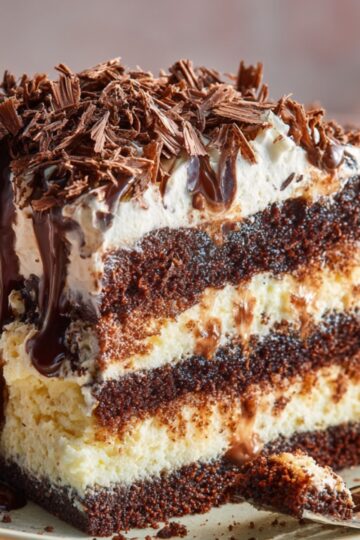
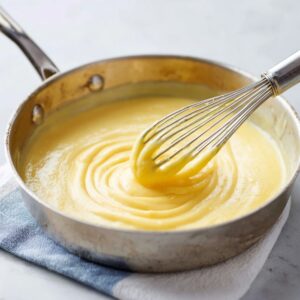
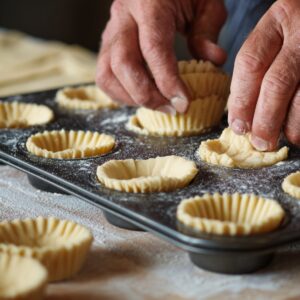
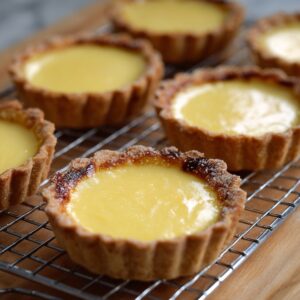


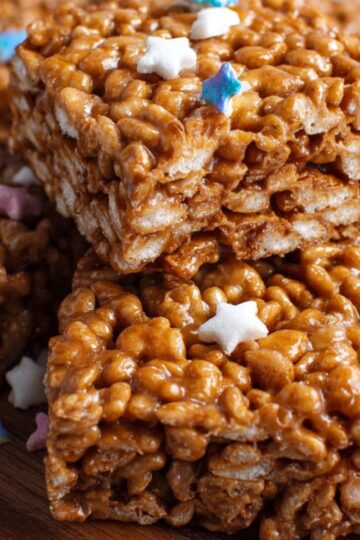

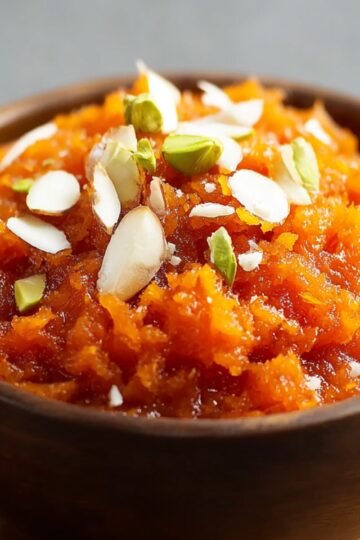
Leave a Reply